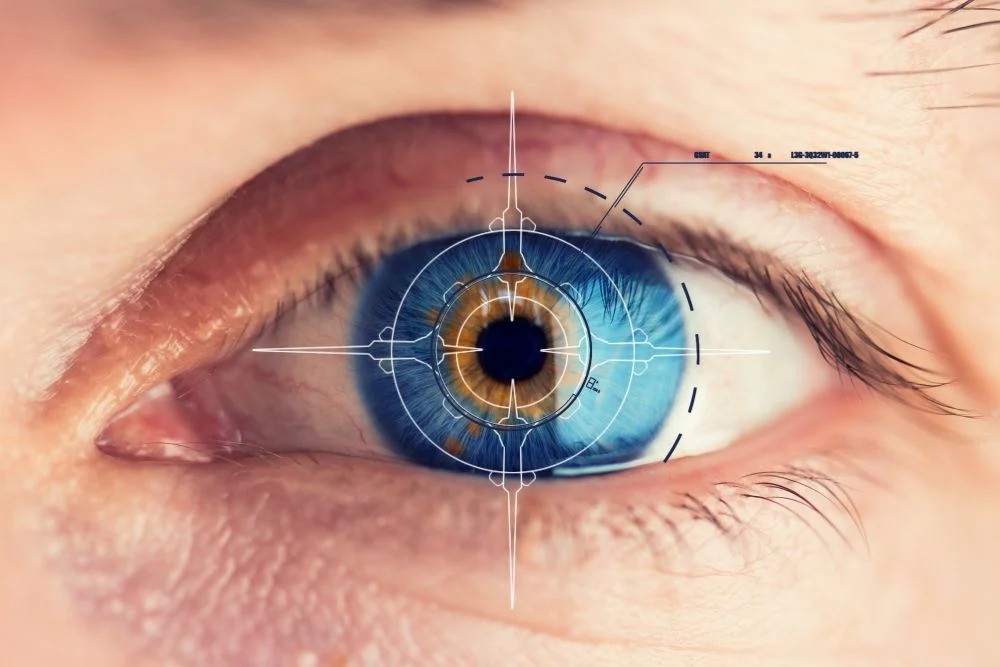Understanding the Anatomy of the Retina: A Comprehensive Guide

Originally published by Retina Consultants of Texas
Did you know? Although our sense of sight seems instantaneous, the images we see before us are actually a product of a complex visual processing system between the eye and the brain. While many moving parts work together to make our vision happen, the star of the show is undoubtedly the small but powerful retina.
The Incredible Anatomy of the Retina
The retina is a multi-layered tissue that lines the back wall of the eye. Consisting of light-sensitive cells called photoreceptors, the retina measures only about 0.5 mm in thickness. Light enters through the eye’s lens and travels to the retina, where the photoreceptors receive the light signals, triggering a chemical reaction that converts light energy into electrical signals. The electrical signals then migrate along the optic nerve straight to the brain, where the occipital lobes organize the information into a cohesive image, thus resulting in what we call sight.
Macula
At the center of the macula is a yellow-pigmented area known as the macula. The macula contains the highest concentration of cones (i.e., the photoreceptor cells responsible for sharp vision and color perception). The center of the macula, known as the fovea, possesses the eye’s highest level of visual acuity, which is roughly defined as the ability to distinguish objects at a given distance. This type of vision is known as central vision, and it’s crucial for seeing straight-ahead images and performing precise activities, such as reading or driving.
Peripheral Retina
The peripheral retina is the part of the retina that lies outside of the macula. Instead of having a high concentration of cone photoreceptors, the peripheral retina contains the highest concentration of rod photoreceptors. Rod photoreceptors are more sensitive to light than cones, thus enabling us to see in darkness or low-light conditions. The peripheral retina is also responsible for our peripheral vision (i.e., what we see from side to side or out of the corner of our eyes).
Retinal Pigment Epithelium (RPE)
The retinal pigment epithelium (RPE) is a single layer of cells that lies beneath the photoreceptors of the retina and serves multiple purposes. Not only does it nourish the retina and support crucial metabolic processes, but it also contains a high concentration of melanin to help absorb stray light. The RPE also acts as a barrier between the retina and the choroid, which is a vascular structure that provides the peripheral retina with oxygen and nutrients.
Optic Nerve
The optic nerve consists of millions of nerve fibers known as retinal ganglion cell axons (a type of neuron), as well as glial cells, which are cells that provide support to neurons in the central nervous system. The ganglion cells form the final layer of neurons in the retina and are responsible for integrating light signals to create a cohesive visual representation. The optic nerve then carries the electrical signals generated by ganglion cells to the brain. Glial cells do not produce electrical impulses, but instead supply neurons with nutrients and oxygen, provide stability, and protect against pathogens. The optic nerve extends from the back of the eye and exits through the optic disc, creating a small area on the retina known as the “blind spot,” as it lacks photoreceptor cells.
Preserving Your Vision Is Our Mission
The retina is responsible for the precious gift of sight and the intricacies of how it enables vision are awe-inspiring and beautiful. As a leading retina-only ophthalmology practice, Retina Consultants of Texas’s commitment to providing world-class retinal care and pushing the field forward through ground-breaking research is paramount to our mission of preserving your vision. We invite you to learn more about conditions that affect the retina, treatments, our top-rated retina specialist team, and our Retina Research Centers.